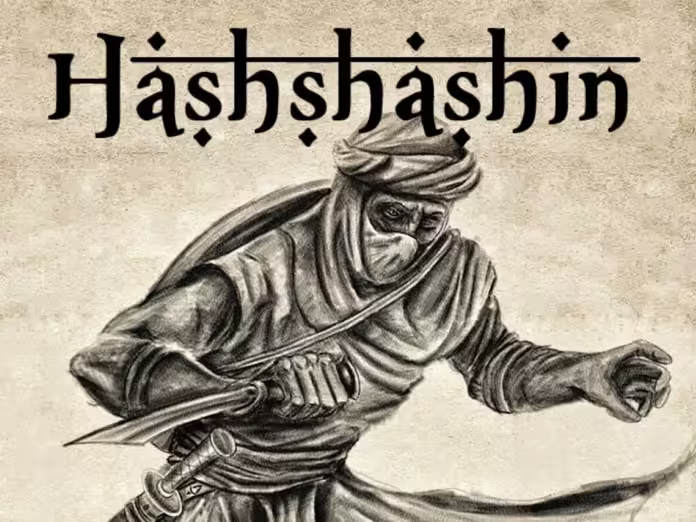The Nizari Ismaili, a sect from the Shia branch of Islam, became infamous for their role as assassins. This evolved due to sectarian divisions after Prophet Muhammad’s death. The Ismaili’s fight against the powerful Seljuk Empire led to their reputation as elite assassins. This video explores their origins and ultimate downfall.
The Birth of the Nizari Ismaili: The Ismaili sect emerged from the Shia division, which followed Imam Ali’s descendants. After a succession crisis in the Fatimid Caliphate, Hasan-i Sabbah took leadership and founded the Nizari Ismaili State, using assassinations as a political tool to destabilize their enemies.
Hasan-i Sabbah’s Influence: Born in Iran, Hasan-i Sabbah initially opposed the Ismaili doctrine but converted in 1078. He founded the Assassins’ Order at Alamut Castle in 1090, which would become the heart of the Nizari Ismaili State. His mission was to resist the Seljuk Empire and implement his radical ideas through assassination.
The Strategy of Assassination: To resist the Seljuk Empire, the Nizari used political murder as their primary tactic. This method was revolutionary, and their assassins, known as fi’dai, were revered as heroes. They targeted influential figures, including viziers and military leaders.
Confrontation with the Seljuks: The Nizari Ismaili expanded their influence across the region, notably into Syria, and successfully resisted Seljuk control. Their strategy was effective, and they were feared by the Seljuk rulers, leading to several successful assassinations.
Decline of the Nizari Ismaili State: The Mongol invasion in the 13th century spelled the end of the Nizari Ismaili State. Despite fierce resistance, the Mongols captured Alamut in 1256, marking the collapse of the Nizari power.
Legacy: Although their state fell, the Nizari Ismaili’s legacy as formidable assassins lives on in history, with Hasan-i Sabbah remembered as one of the most influential figures in the region’s complex political landscape.
For more visit Pakistan Updates




